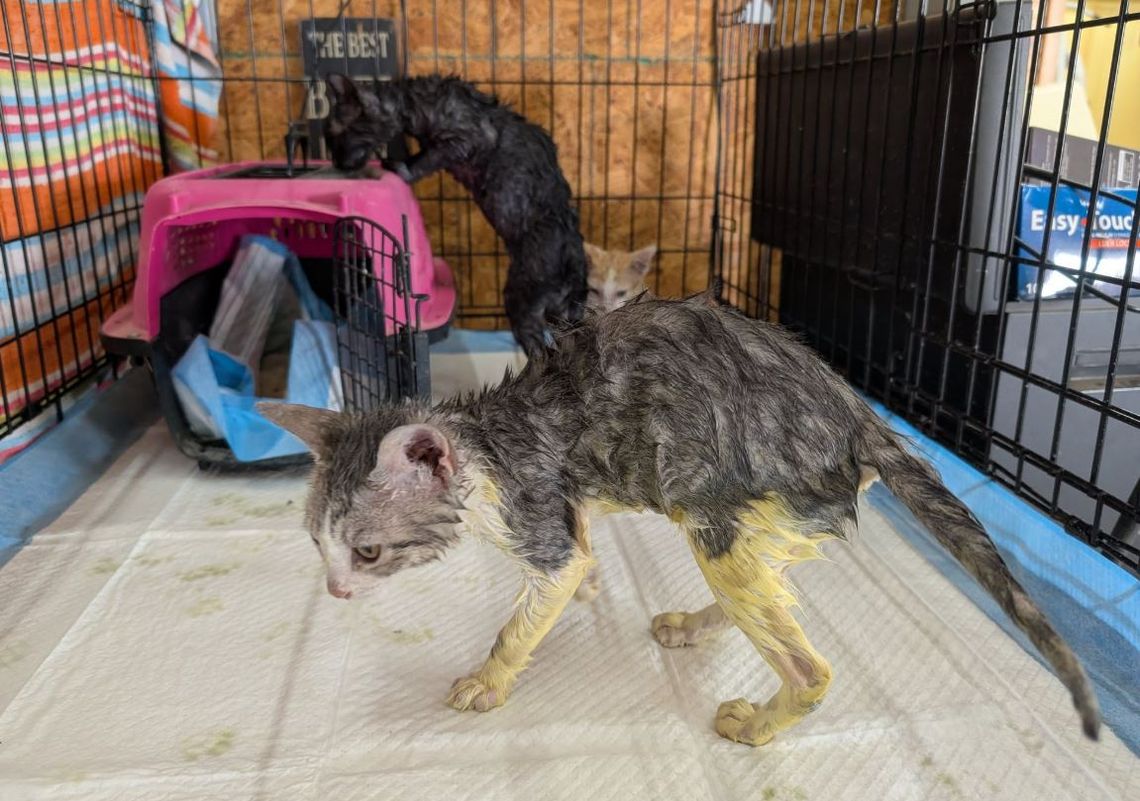Bandera County residents say feral cats continue to multiply despite a volunteer-led Feral Cat Program, and they are urging the Bandera Economic Development Corporation to continue funding efforts to control the population.
Residents say the program receives no city funding and relies on the city marshal to identify high-population areas.
“The previous city administrator [Stan Farmer] and I have assisted [volunteers] with locating the problem areas,” Marshal Earl Heidelberg said, “communicating with city residence, trapping, transporting and releasing the feral cats after they have been fixed.”
But residents say the issue lies with the vet payment for spays; who foots the bill? Volunteer programs throughout the county are struggling.
“The Economic Development Corporation graciously gave us six thousand dollars last year,” EDC Vice President Laura Devenport said. “I’m hoping that they will do so again this year. We desperately need it.”
In the meantime, residents are reaching into their own pockets to try to get the situation under control.
Jen Grossman, a Bandera County resident, says she has spent hundreds of dollars to spay as many cats as possible, and states that her house is filled with as many cats as she can comfortably fit.
“I’m doing this because we need more resources for cats,” Grossman said. “You call Animal Control, and they say they don’t deal with them. So, what am I supposed to do? You can’t take them to the vet and get them put down. They’re healthy.”
It’s not just the sheer number of cats that are alarming; it’s also the damage they leave behind when the cats spray and litter on both residential and commercial properties.
“I have business owners in Bandera that are very frustrated,” Devenport said. “You know, when Nancy De Foster [previous Bandera City Marshal] was removed from office, this program really just went out the window.”
Sandra Schott with the Bandera County Animal Control ran her own non-profit for a while and now works with Bernie Grainer, who owns a 5013c company called Bandera Cat Rescue & TNR.
“We work with landowners and people feeding cat colonies to trap, fix, vaccinate and release feral cats,” Grainer said. “We’ve done 96 since our first clinic in mid-February, with a focus on females.”
According to Grainer, one female cat is typically responsible for roughly 30 kittens a year. With just 80 cats, they would be likely to produce over 2.4K kittens in one year.
But Grainer is running into the same issues as other non-profits: funding.
“That’s why it’s so important we get the word out about next week’s EDC’s meeting,” Devenport said. “We need citizens to speak up and hopefully, we can get the funding again from the EDC. We’re hoping for more money this time.”
The Bandera EDC will be meeting on Tuesday, August 19 at 511 Main Street at 6 p.m. Devenport encourages residents to sign up for the public to be heard portion to raise their concerns. To learn more about Grainer’s non-profit, visit: https://banderacatrescue.org





.png)
